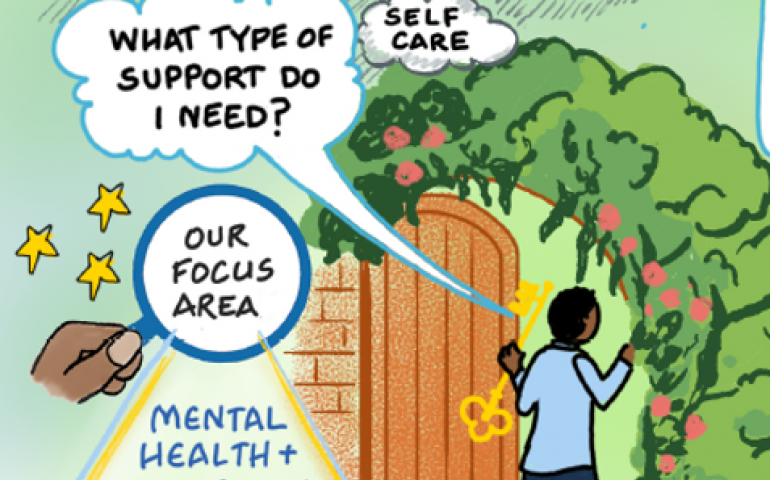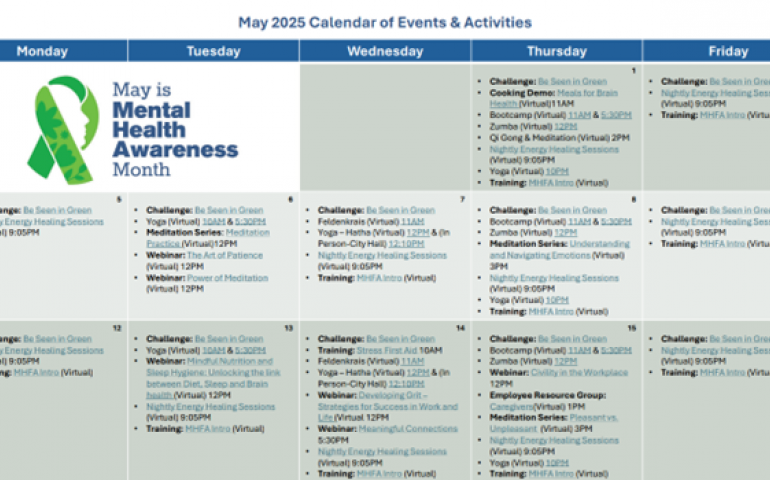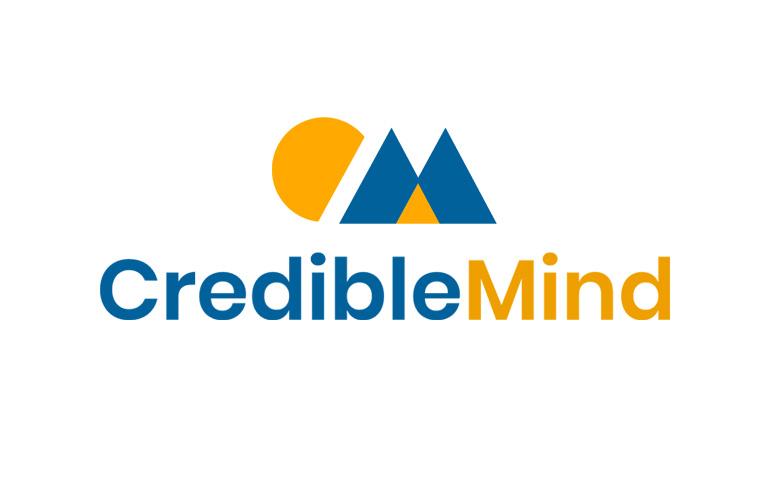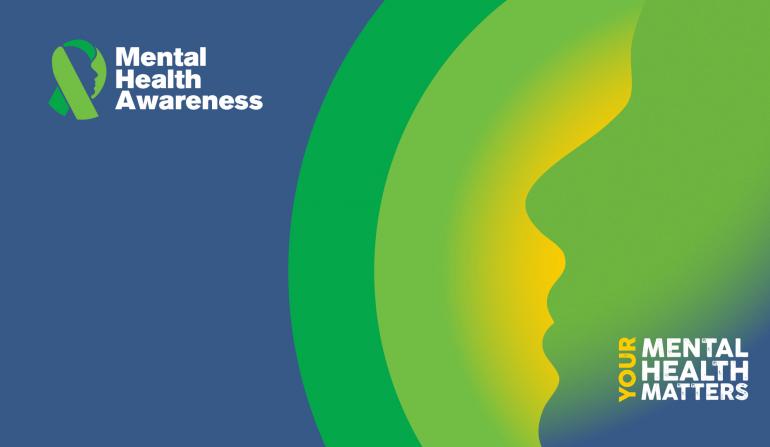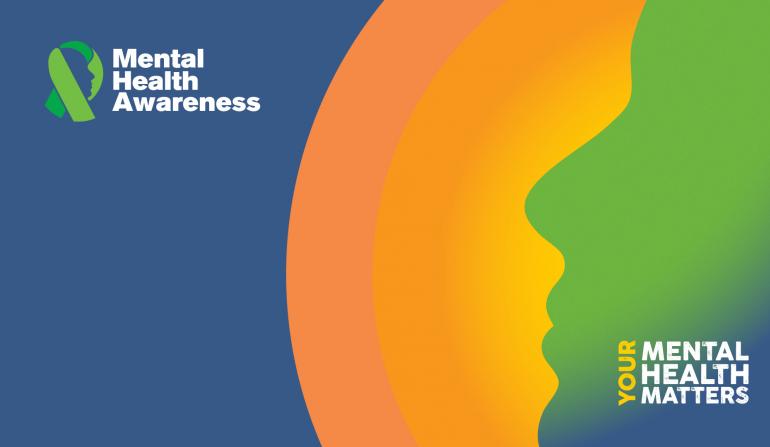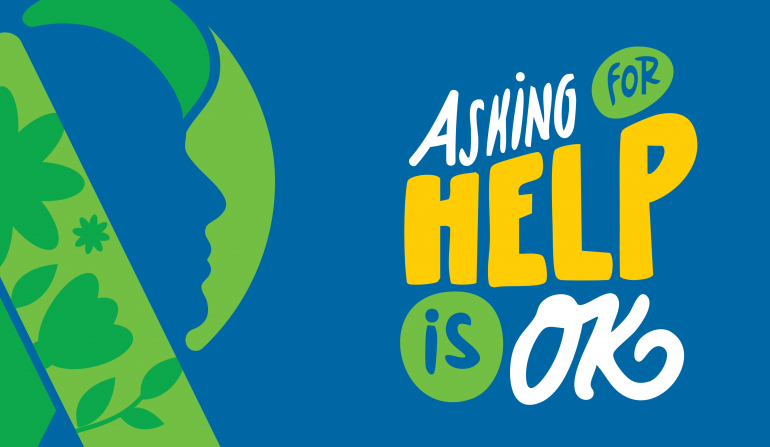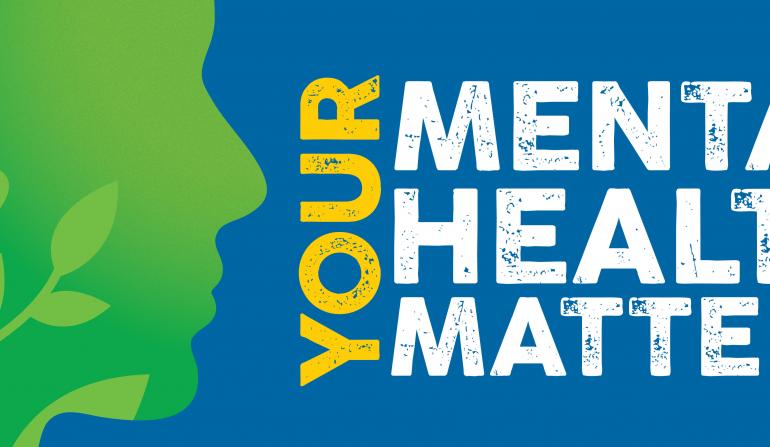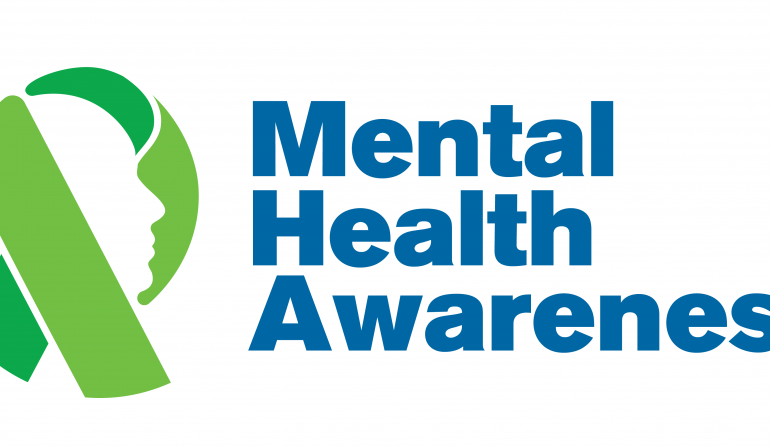We're Here For You
May is Mental Health Awareness Month!
Join SFHSS in recognizing the importance of mental well-being by promoting civility in the workplace. Together, we can create a more respectful and supportive environment for everyone.
Fostering civility is essential for maintaining a healthy work environment, improving employee well-being, and enhancing organizational outcomes. A respectful workplace is linked to improved morale, better teamwork, reduced absenteeism, and higher retention rates. Organizations can promote workplace civility by implementing training programs and discussions on emotional intelligence, effective communication, and teamwork. Additionally, encouraging inclusive practices and fostering a culture of continuous learning strengthens work relationships and reduce workplace conflicts. Prioritizing kindness and respect a priority in our work environment benefits us all, helping us to feel engaged, productive, and part of a team. Discover how leaders and employees can support one another throughout May—and beyond—to build a workplace culture that prioritizes mental health and well-being.
Navigating Your Mental Health Benefits
Find the right resources to get you started on your mental health journey.
May 2025 Events Calendar
Download the calendar of events and join events that you feel will be most impactful to your mental health.
Mental Health Profile
Take an assessment and start accessing resources.
SFHSS Meditation Videos
Discover calming, short meditation videos—just 90 seconds to a few minutes—that fit easily into your day.
Mental Health First Aid Training
Get trained and learn how to support colleagues facing non-crisis mental health challenges, and foster a healthier work environment. Register Today!
For Leaders
As Mental Health Awareness Month begins, we encourage leaders, managers, and supervisors to reflect on how you can help create and sustain a kind, inclusive, and healthy workplace for all. Leaders can support employee mental health by downloading the Mental Health Awareness Toolkit for Leaders, Managers, and Supervisors, focusing on awareness, providing opportunities for employee training, and cultivating a supportive culture.
For Employees
Explore tools and resources designed to support you build a workplace that promotes health and well-being.
Join the “BE SEEN IN GREEN” Challenge
Green is the official color for Mental Health Awareness, symbolizing renewal, hope, and vitality. Whether you participate virtually or in person, with friends, colleagues, or on your own, the “Be Seen in Green” Challenge is a fun way to show your support and enter a raffle to win prizes.
How to Participate:
- Wear green any time in May.
- Take a photo of yourself (or with others) wearing green.
- Submit the picture to: well-being@sfgov.org
- Include the following information in the email (this will only be used for the raffle entry): Name, Email and Phone number.
- Share the challenge with others: Let others know, take more pictures and submit them for more entries into a raffle drawing.
Deadline: Submit by June 2nd to be entered into the raffle. Let’s make this a colorful and impactful month!
Mental health awareness is not just a day; its a continuous effort to foster understanding and support. - Unknown
No matter where you are on your journey, we encourage you to seek out many of the free tools and resources available to support you at work. Start by clicking on the mental health interactive journey map and download as a PDF to learn more about different pathways to access services for mental health or engage in free activities happening this month to support mental health.
Engage and explore tools and resources to support a culture of respect and civility.
-
Webinars, Trainings & Resources
- Stress First Aid
- Mental Health First Aid Introduction (Self Paced)
- Mental Health First Aid Certification 2.0
- Cooking Demo: Meals for Brain Health - May 1
- Power of Meditation - May 6
- The Art of Patience - May 6
- Children's Mental Health - May 8
- Mindful Nutrition and Sleep Hygiene: Unlocking the link between Diet, Sleep and Brain Health - May 13
- Developing Grit - Strategies for Success in Work and Life - May 14
- Meaningful Connections - May 14
- Civility in the Workplace - May 15
- Gratitude: A Skill for Happier Living - May 20
- Mindfulness in the Workplace - May 21
- Midlife and Women’s Health: Embracing Change - May 22
CredibleMind Starting Therapy Series: Each resource is designed to be accessible and easy to follow, so that you can begin your journey with confidence.
Start today to find the support you need.
|
|
EAP - FREE Tele-Counseling 24/7Call: (628) 652-4600. Counselors are available for individual confidential telephone counseling and consultations for active employees. |
National Suicide PreventionLifeline, a 24/7 hotline can be reached at 988 |
|
Health Plan ProvidersFind Mental Health resources and support from your health plan provider. |
Show Your Support
SFHSS has created Mental Health Awareness Month virtual backgrounds, email signatures, or files. Click here to access the files - some examples shown below.
